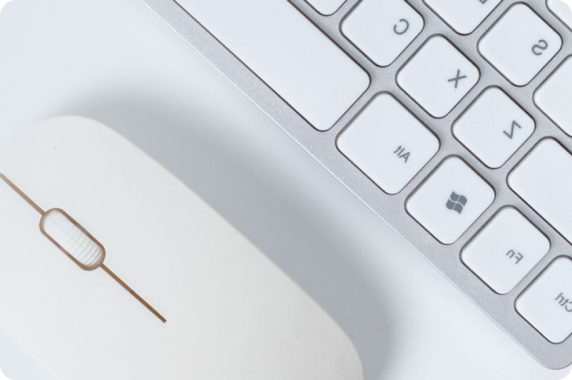navigate_before
Solution package
arrow_forward
Digital services
arrow_forward
Accounts for business
arrow_forward
Payments
arrow_forward
Collection
arrow_forward
Liquidity
arrow_forward
Other services
arrow_forward
Deposit & Account management
arrow_forward
Working capital loans
arrow_forward
Medium and long term loans
arrow_forward
Financing the supply chain
arrow_forward
Import Service
arrow_forward
Export Service
arrow_forward
Domestic Service
arrow_forward
Other services
arrow_forward
Foreign Exchange
arrow_forward
Capital Market
arrow_forward
Invest
arrow_forward
Treasury management solution
arrow_forward




















